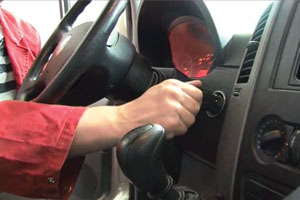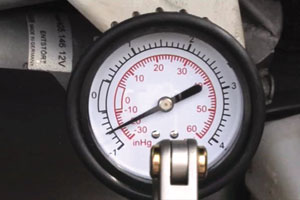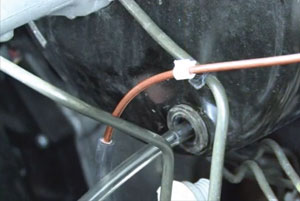TRW Aftermarket offers its simple steps to help you diagnose a faulty brake booster.
So is the brake booster defective or is it not? Anyone who has ever carried out fault tracing on the vacuum system of a vehicle knows this question, however TRW has created some supporting material that will help technicians who are new to the process with finding the right diagnosis.
First a quick test should be used to verify whether there is a fault in the system at all. This is necessary because there are many times when customers complain about a fault because the pedal suddenly feels differently, which could have other causes.
Vacuum system checks
If there actually is a fault in the vacuum system (lack of braking support), the entire vacuum system has to be checked first. If no leak can be found, the non-return valve has to be checked. This can be a quite tricky component that is installed in the line (hose) between the brake booster and the intake manifold or the vacuum pump of the vehicle engine. When the engine is switched off, the valve closes which maintains the vacuum in the brake booster (storage of “vacuum energy”).
Additionally the non-return valve prevents fuel and oil fumes from entering the brake booster. When the engine is running and after operating the brakes, a pressure differential occurs on both sides of the valve which causes it to open and “suction” (purging) then starts. As soon as a balance has been reached (same vacuum), the spring closes the valve and the vacuum in the brake booster is maintained at a constant level.
Understanding how the non-return valve works allows deduction of three possible causes for faults:
- If the valve no longer closes due to a stuck valve retainer cap, a rapid loss of vacuum will occur.
- Oil and fuel fumes can enter the brake booster, condense there and destroy itsmembrane which will result in the total failure of the brake booster.
- If the valve no longer opens due to a stuck valve retainer cap, it is no longer possible to create a vacuum in the brake booster.
All of these defects mean that the driver has no braking support and is therefore at risk of an accident!
How to ‘quick test’ the brake booster system

booster (hard pedal).

slowly. Vacuum is being generated so there is no fault in the system.

engine, you know you have a problem in the system.
How to test for vacuum the overall system


How to test the vacuum non-return valve


How to test for vacuum in the brake booster











